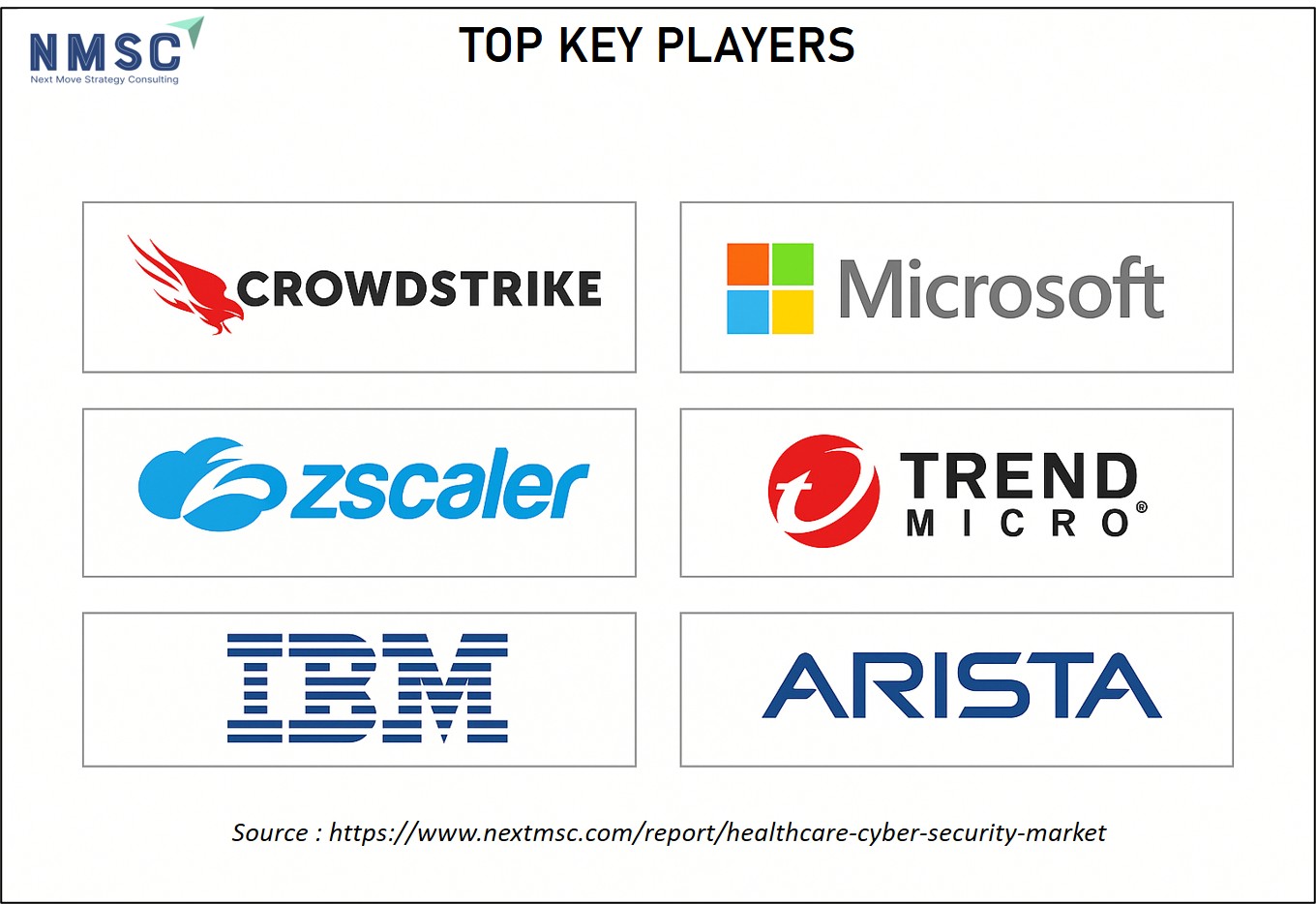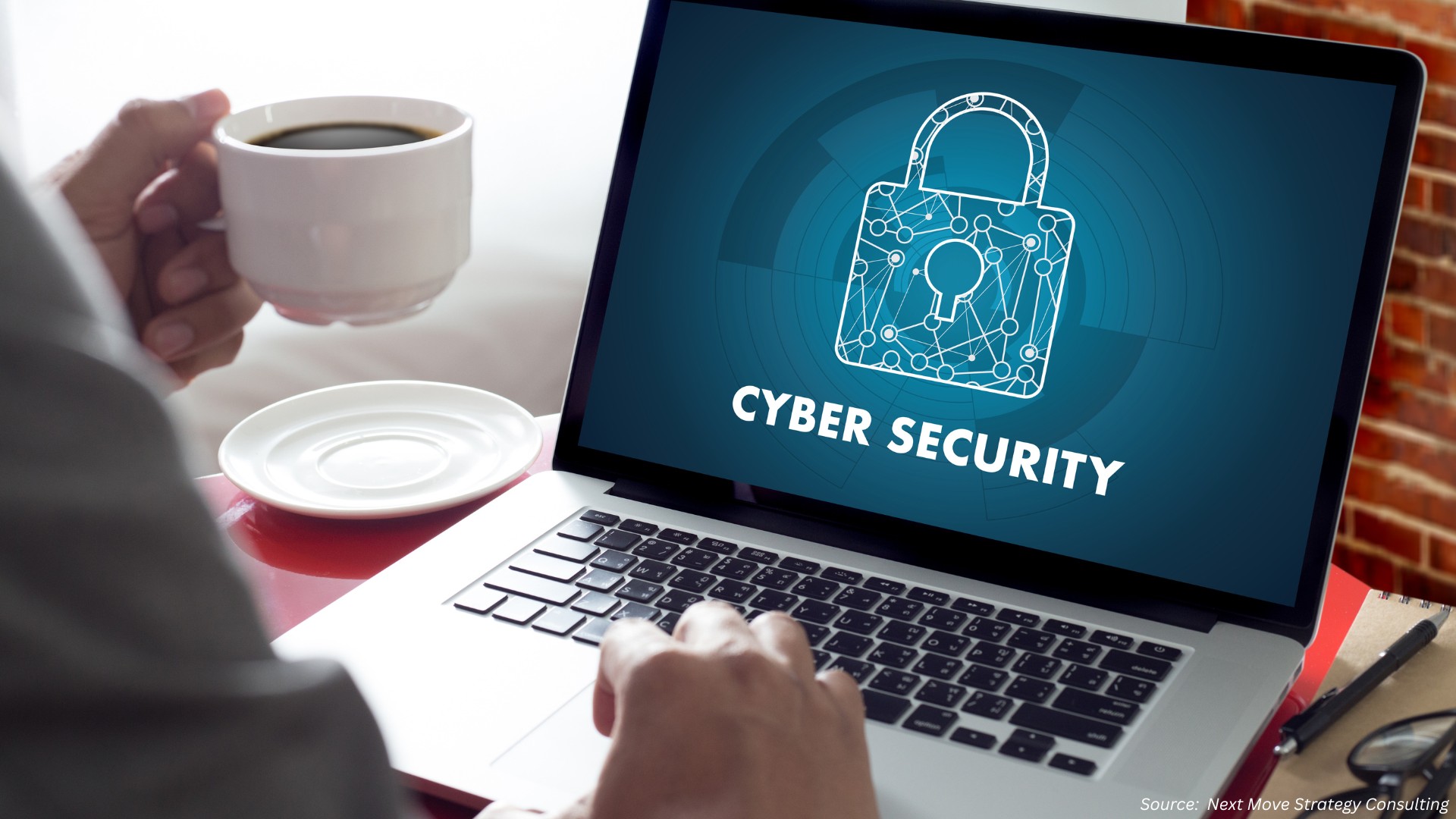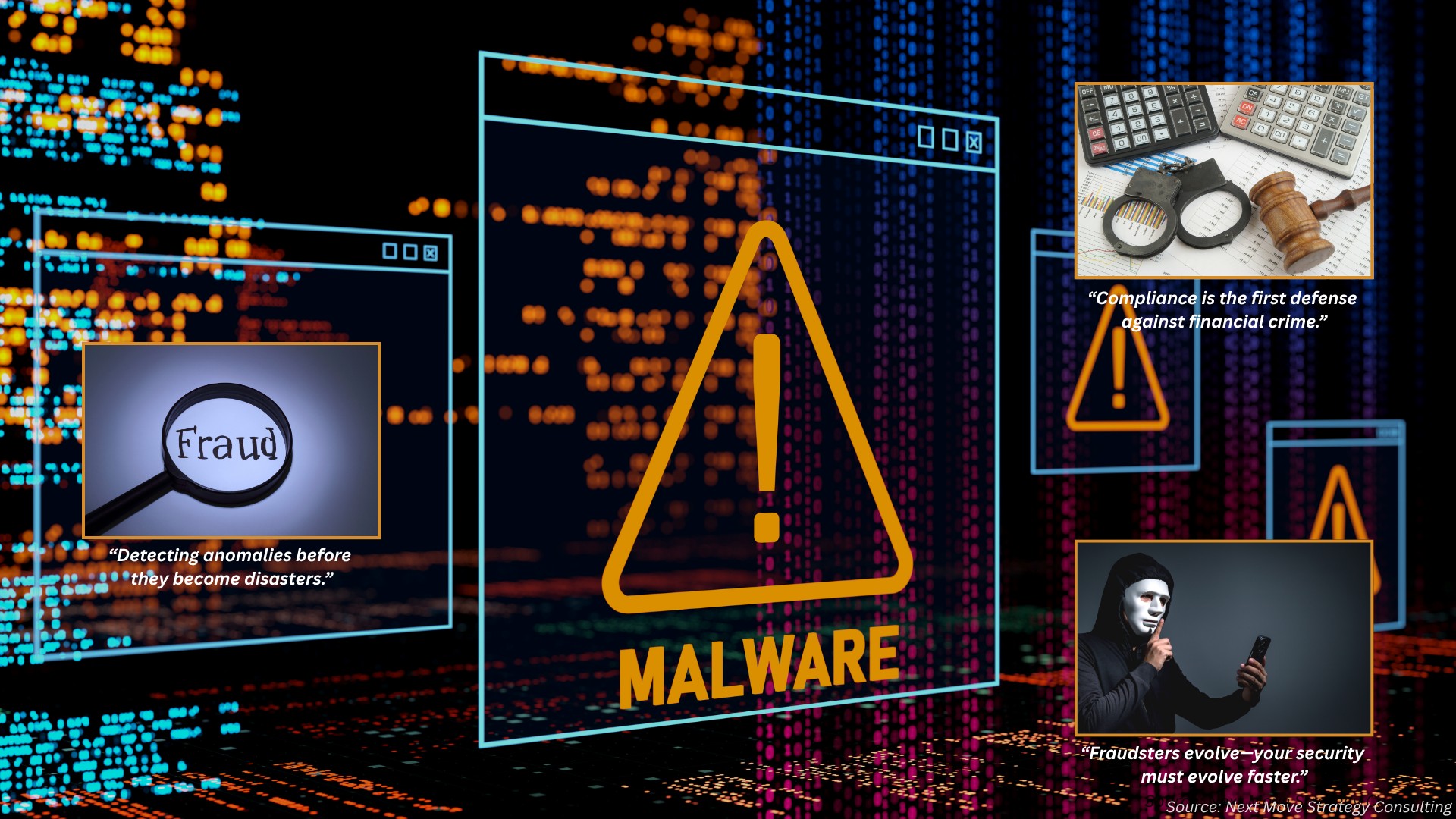When Hackers Target Hospitals: Cybersecurity’s Growing Role in 2025 Healthcare
Published: 2025-09-10

The digitization of healthcare is not just a trend—it is the new standard. Cybercriminals are becoming increasingly bold, setting their sights on smaller healthcare organizations in pursuit of large financial gains. While it might be comforting to imagine that attackers once showed some restraint, any such notion has long been abandoned. Today’s advanced hacker groups show no hesitation in targeting medical clinics, nursing homes, and other healthcare providers.
Small- to mid-sized healthcare facilities have unfortunately emerged as prime targets—making it easier for cybercriminals to steal sensitive information, demand substantial ransoms, and, most critically, disrupt essential patient care.
Market Overview
The Healthcare Cybersecurity Market size is predicted to reach USD 62.1 billion by 2030, with a CAGR of 15.3%.
Healthcare cybersecurity involves using various technologies and practices to protect digital health information and systems in the healthcare industry. It ensures that electronic health records, medical devices, and other important healthcare infrastructure remain safe from unauthorized access and cyber threats.
For the latest market share analysis and in-depth of Healthcare Cybersecurity, Download FREE Sample!
Healthcare organizations are often unaware of their true cybersecurity risks
A major vulnerability in many hospitals stems from a lack of awareness. Organizations may assume their operational technology (OT) systems are secure, but in reality, they may not be. For example, some systems are considered "air-gapped," meaning they are not connected to the internet. However, many of these systems require regular updates or patches. If they are connected to the internet periodically—such as on the first of every month to perform these updates—they are not truly air-gapped.
Even when updates are performed using USB devices instead of direct connections, those systems can still be compromised. According to Honeywell’s 2024 USB Threat Study, 51% of malware detected was specifically designed to exploit USBs. Another critical risk lies in third-party OT systems. Vendors or service providers often retain access rights for maintenance and upgrades, which creates an additional attack surface for cybercriminals to exploit.
What Healthcare Organizations Should Do Now to Strengthen Cybersecurity
Here are the top three actions healthcare organizations should take to begin strengthening their cybersecurity posture:
1. Develop a comprehensive incident response plan:
This is vital for ensuring hospitals can recover quickly in the event of system downtime or if essential infrastructure—such as ventilators, HVAC systems, or other critical equipment—could be impacted during a cyberattack. Without a well-defined and practiced response strategy, hospitals risk prolonged outages and endangering both patients and staff. The plan should be regularly tested through tabletop exercises to confirm its effectiveness.
2. Establish a complete asset inventory with integrated vulnerability management and threat detection:
Most operational technology (OT) systems in hospitals today—such as energy management, access control, patient monitoring, fire safety, and various medical devices—are IP-connected. However, they often fall outside the scope of IT monitoring. Without a full inventory of all connected devices across both IT and OT environments, many vulnerabilities can go unnoticed. It's crucial for healthcare providers to maintain full visibility and continuous monitoring of all digital assets.
3. Partner with a trusted cybersecurity and OT expert:
Securing OT systems is a specialized and complex task that lies at the crossroads of engineering and cybersecurity. It requires a deep understanding of the devices, control systems, and proprietary protocols in use, as well as expertise in cybersecurity tools and implementation. To effectively reduce risk and meet compliance objectives, healthcare organizations should collaborate with trusted vendors and partners who design secure-by-design solutions and possess the technical and cybersecurity knowledge necessary to deploy effective protections.
Begin Strengthening Security with These Actionable Steps
When it comes to cybersecurity in healthcare, the stakes are incredibly high—potentially even life-threatening—making it essential for organizations like yours to remain both vigilant and proactive. Given that no single layer of defense can be considered entirely secure today, adopting a defense-in-depth strategy is crucial.
This strategy involves building multiple layers of protection through tools such as intrusion prevention, data encryption, threat detection, patch management, and other security measures. The goal is to reduce the likelihood that a single point of failure compromises your environment, as each security layer works in concert to strengthen overall resilience. However, implementing such a layered defense typically requires continuous oversight and regular adjustments.
If your organization lacks the internal expertise or resources to manage cybersecurity effectively, there are still accessible solutions available that can deliver robust protection. One of the most effective among them is deploying a managed Endpoint Detection and Response (EDR) service.
1. Security Awareness Training (SAT)
Implementing Security Awareness Training (SAT) is essential to educate your staff on cybersecurity best practices. These programs can include realistic phishing simulations and timely lessons on current cyber threats, helping employees make informed decisions that protect both your organization and its patients. When designing SAT programs, prioritize interactive, narrative-based content, as it has been shown to significantly enhance retention and learning effectiveness.
2. Multi-Factor Authentication (MFA)
Multi-Factor Authentication (MFA) introduces an added layer of security by requiring users to verify their identity through a second factor—such as a mobile device or a security token—before gaining access to systems or accounts. Multi-Factor Authentication (MFA) introduces an added layer of security by requiring users to verify their identity through a second factor—such as a mobile device or a security token—similar to the authentication used in online services like banking or email. The advantage of MFA lies in its ability to go beyond traditional usernames and passwords, which are often forgotten, stolen, or compromised.
3. Managed Endpoint Detection and Response (EDR)
For many healthcare organizations, a Managed EDR solution represents one of the most efficient and cost-effective ways to strengthen cybersecurity. This service combines advanced technology with expert human analysis to carry out essential cyber defense functions, including:
Continuous endpoint monitoring and data collection
Threat detection and investigation
Prioritizing and triaging alerts
Delivering actionable remediation steps through streamlined workflows supported by the security team
Huntress Managed EDR, for example, is simple to deploy and is supported around the clock by a dedicated Security Operations Center (SOC). From early threat detection to final resolution, cybersecurity professionals are available 24/7 to ensure your systems remain secure.
6 Tech Powerhouses Leading the Cybersecurity and Networking Revolution
1. CrowdStrike Holdings, Inc. is a cybersecurity technology company headquartered in Austin, Texas, United States. It specializes in endpoint protection, threat intelligence, and incident response services.
2. Microsoft Corporation is a multinational technology conglomerate based in Redmond, Washington. Established in 1975, the company played a key role in the development of personal computing with its Windows operating system. Over time, Microsoft has expanded into areas such as internet services, cloud computing, video gaming, and more. It is the world’s largest software producer and ranks among the most valuable public companies and global brands.
3. Zscaler, Inc. is a cloud security company headquartered in San Jose, California. It provides cloud-based solutions designed to safeguard enterprise networks and data.
4. Trend Micro Inc. (Torendo Maikuro Kabushiki-Gaisha) is a cybersecurity software company with American and Japanese roots. It operates a globally distributed research and development network, with 16 locations spanning every continent except Antarctica.
5. International Business Machines Corporation (IBM), commonly known as "Big Blue," is an American multinational technology company based in Armonk, New York, with a presence in over 175 countries. As a publicly traded company and a component of the Dow Jones Industrial Average, IBM holds the distinction of being the world’s largest industrial research organization, operating 19 research facilities across multiple countries.
6. Arista Networks, Inc. (formerly known as Arastra) is a U.S.-based computer networking company headquartered in Santa Clara, California. It specializes in designing and selling multilayer network switches that support software-defined networking (SDN) solutions for large data centers, cloud computing platforms, high-performance computing, and high-frequency trading environments.
Conclusion
According to National Library of Medicine, The integration of healthcare technology is a complex process that demands careful planning and sufficient implementation time. Healthcare organizations remain highly susceptible to evolving threats and trends due to their inability to keep pace with modern cybersecurity challenges. This systematic review aims to examine cybersecurity trends—such as ransomware attacks—and explore potential solutions by analyzing academic literature.
The healthcare sector continues to be a major target for the theft of medical information, largely because it falls behind other key industries in securing critical data. Therefore, it is essential to allocate both time and financial resources toward maintaining healthcare technologies and safeguarding sensitive patient information from unauthorized access.
About the Author
 Ankita Biswas is an experienced SEO Executive and Content Writer with 2.5+ years in digital marketing. She excels in SEO, content creation, and data-driven strategies that boost online visibility and engagement. Known for simplifying complex concepts, Ankita creates impactful content aligned with industry trends. In her free time, she enjoys reading, singing, and playing the Casio keyboard.
Ankita Biswas is an experienced SEO Executive and Content Writer with 2.5+ years in digital marketing. She excels in SEO, content creation, and data-driven strategies that boost online visibility and engagement. Known for simplifying complex concepts, Ankita creates impactful content aligned with industry trends. In her free time, she enjoys reading, singing, and playing the Casio keyboard.
About the Reviewer
 Sanyukta Deb is a seasoned Content Writer and Team Leader in Digital Marketing, known for her expertise in crafting online visibility strategies and navigating the dynamic digital landscape. With a flair for developing data-driven campaigns and producing compelling, audience-focused content, she helps brands elevate their presence and deepen user engagement. Beyond her professional endeavors, Sanyukta finds inspiration in creative projects and design pursuits.
Sanyukta Deb is a seasoned Content Writer and Team Leader in Digital Marketing, known for her expertise in crafting online visibility strategies and navigating the dynamic digital landscape. With a flair for developing data-driven campaigns and producing compelling, audience-focused content, she helps brands elevate their presence and deepen user engagement. Beyond her professional endeavors, Sanyukta finds inspiration in creative projects and design pursuits.

















Add Comment